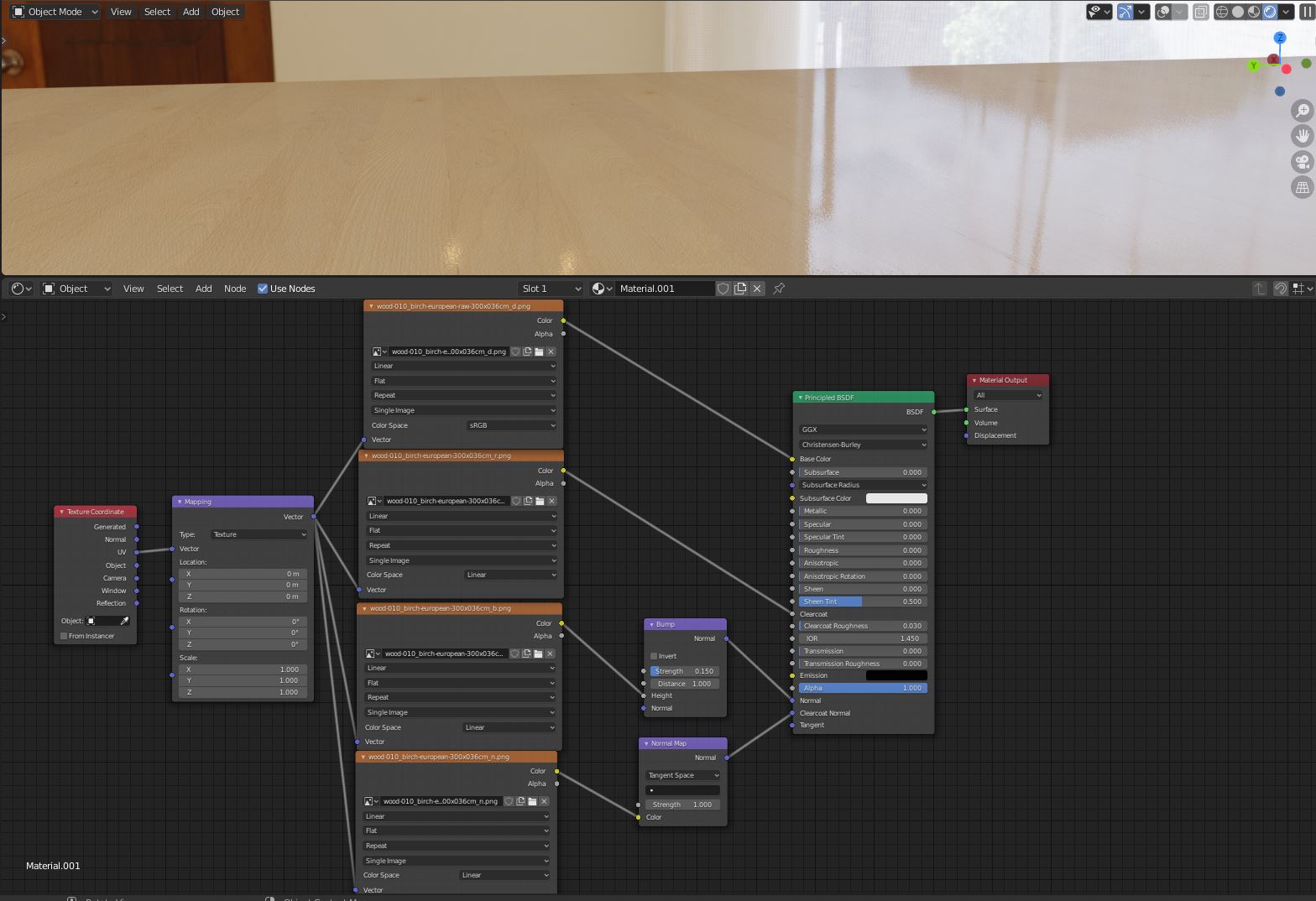
Black portions of the map correspond to no curl, and white represents the set curl, as specified by the Distribution parameters. Black portions of the map correspond to zero density (effectively no fur is generated in these areas), and white represents the normal strand density, as specified by the Distribution parameters.Ĭurl map – This map is a multiplier for the strand Curl.

Length/Thickness/Gravity/Bend map – These maps are multipliers for the corresponding parameters where black is a multiplier of 0.0, and white is a multiplier of 1.0.ĭensity map – This map is a multiplier for the strand density. The red component is offset along the u texture direction, the green component is the offset along the v texture direction, and the blue component is the offset along the surface normal. Initial direction map – This is an RGB map which specifies the initial direction of the fur strands, in texture space (according to the specified Base map channel). This is the direction in which the fur strands curve to (the amount of curvature is also controlled by the Bend parameter). This parameter specifies which mapping channel is used.īend direction map – This is an RGB map which specifies a bend direction of the fur strands in texture space (according to the specified Base map channel). If disabled, the scale factor from the referenced frame is used.īase map chan – Some of the texture maps represent vectors in texture space, where the x and y directions are derived from the u and v directions of a texture mapping channel. Ignore scale– When the Distributionparameter is set to Per area and Lock to surface is enabled this option controls whether scale transformation that is effecting the surface should be ignored when distribution area is being calculated. Else VRayFur is uniformly distributed in any frame. This way, when the option is enabled, the hairs stick to their relative generation points. Lock to surface– When the Distributionparameter is set to Per areaand VRayFur is assigned to an animated surface this option locks the hair count to the generated hairs count in the referenced frame. The captured data will be used throughout the entire animation to ensure that the number of strands for a given face remains constant during animation. When the Distributionparameter is set to Per area, this specifies the frame at which the source object is captured to calculate the face area. Every triangle face has at least one strand. The area of the triangle faces (which is used to compute the number of strands for each face) is taken at the frame specified by the Ref. For example, if the the system units are in meters, this parameter specifies the desired number of strands per square meter if the system units are centimeters, it specifies the number of strands per square centimeter and so on. Per area – Specifies the number of strands per squared scene unit. Every triangle will generate the specified number of fur strands. Per face – Specifies the number of fur strands per triangular face of the source object. This section determines the density of strands over the source object. Rate – Specifies the rate at which the detail adjustment is applied, starting from the distance specified in the Start distance parameter. After that V-Ray decreases the density and increases the thickness of the strands by a factor of two for every n units of space specified by the Rate parameter.

Up to this distance the fur will be generated as specified by the user. Start distance – Specifies the distance from the camera at which V-Ray is going to start implementing the level of detail adjustment. Second, it helps reduce animation flickering of very fine fur strands when they are far from the camera. This parameter helps for two things: First, it conserves memory by decreasing the detail where it is too far to be visible. This is done by decreasing the density of the fur strands and increasing their thickness. When enabled, V-Ray generates less fur geometry for parts of the scene which are far away from the camera. The more straight the strands are, the less segments are needed for a smooth result. by the gravity, bend, curl parameters and others). More segments are usually needed when the strands are curved (e.g. More segments make the strands smoother, but also add to the render time. Knots – Fur strands are rendered as several connected straight segments this parameter controls the number of segments.


 0 kommentar(er)
0 kommentar(er)
